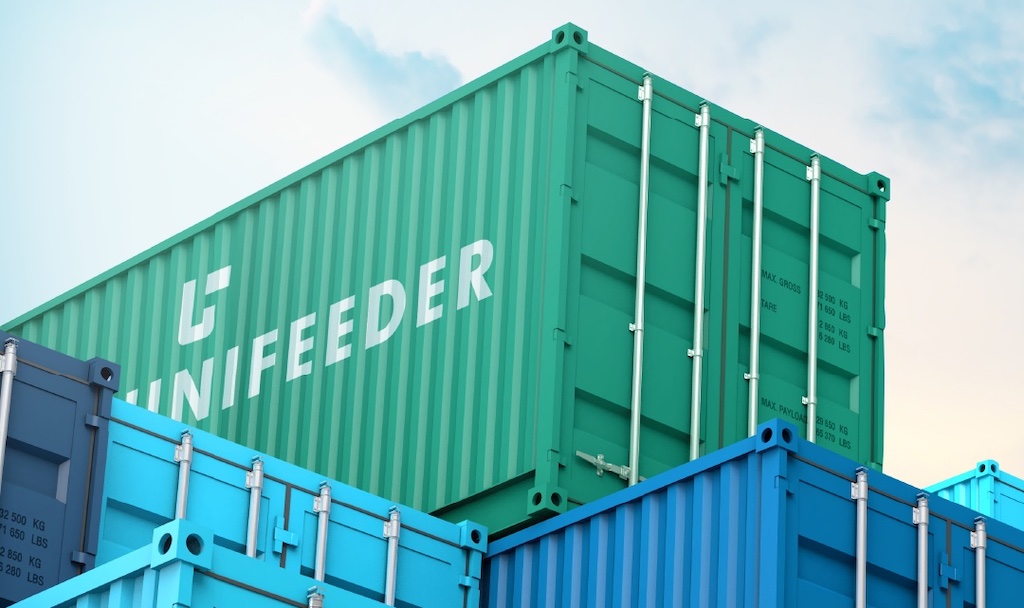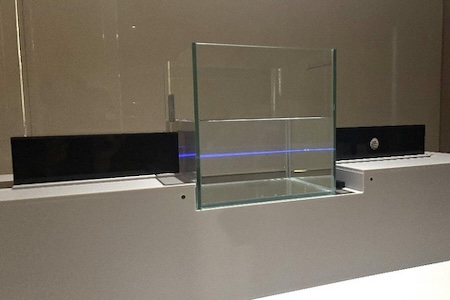
Discover World-Leading Technologies for Ocean Science
Discover cutting-edge solutions from leading global suppliers
Unifeeder is offering its customers ‘GreenBox’, a new carbon insetting solution to decarbonize the seaborne sections of their supply chains.
This service is an important element in Unifeeder’s wide-reaching sustainability strategy, which aims to cut the business’ emissions by 47% to 2030 and enable customers to accelerate their Scope 3 reductions.
Unifeeder Group, part of DP World’s Marine Services Division, is already running part of its global services using alternative fuels.
GreenBox tracks these shipments and generates tokens for each ton of carbon saved. Customers can purchase the tokens, or ‘insets’, for use in their sustainability reporting and Unifeeder uses the proceeds to buy more alternative fuels. The first tokens have already been successfully generated and can now be acquired.
The International Renewable Energy Agency (IRENA) estimates that renewable fuels based on green hydrogen and advanced biofuels could cut up to 80% of CO2 emissions attributed to international maritime shipping by 2050.
GreenBox follows the guidelines of the globally recognized Smart Freight Center and its Clean Cargo Initiative and each carbon inset is verified by Bureau Veritas. Customers will be able to easily acquire their insets by using a dedicated online access, which will allow them to manage and track their insets. Unifeeder plans to generate around 25,000 tokens in the introductory phase of GreenBox in 2024.
GreenBox and the use of alternative fuels is just one of Unifeeder’s sustainability initiatives, which also focus on reducing fuel consumption through measures to increase fuel efficiency and optimize vessel operations.
Unifeeder has also started to replace some of its older vessels with methanol-powered ships, due to enter operation by 2026, and expects to cut 15,000 tCO2 emissions annually per vessel. The company is also pressing ahead with the implementation of efficiency-enhancing and fuel consumption reducing modifications and technologies in its chartered fleet of ships.
Unifeeder’s Chief Commercial Officer, Martin Gaard Christiansen, commented; “The use of our GreenBox application supports a decarbonization cycle that expands the use of alternative fuels and accelerates the decarbonization process of our industry.”
Unifeeder’s Director Group Decarbonization, Christian Hoepfner, stated; “It will be many years before we achieve regulatory-driven price parity between conventional fuels plus their CO2 surcharges and alternative fuels.
“GreenBox will accelerate the industry’s ability to utilize more alternative fuels and crucially support us to use new alternative sources beyond biofuels, such as ammonia and methanol.”
















